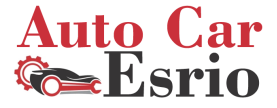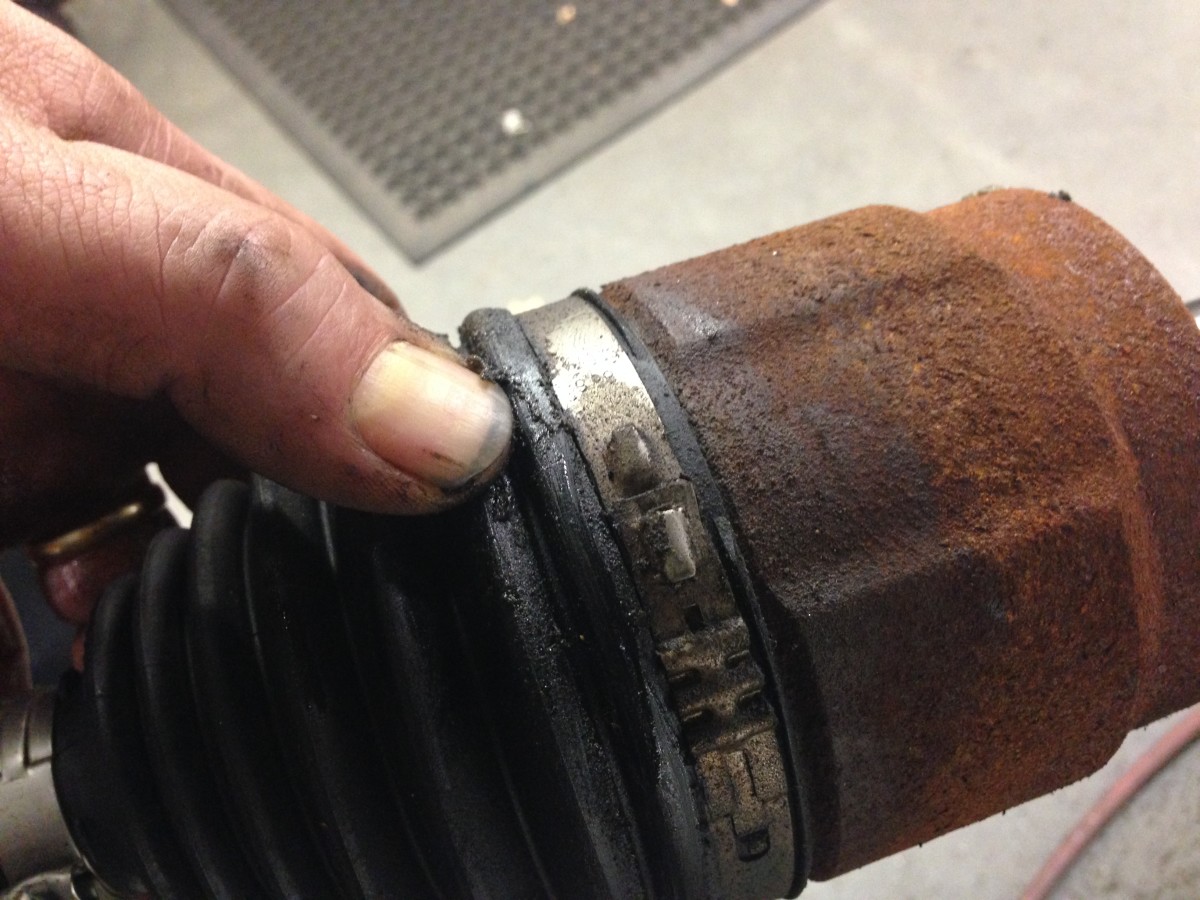CV joints transfer power from the transmission to wheels. Aggressive driving increases stress on joints and axles rapidly. Harsh acceleration sudden braking and sharp turns strain components continuously. Early detection prevents premature failure and costly repairs immediately. Healthy joints maintain smooth torque transfer under all driving conditions. Understanding driving impact improves vehicle reliability and maintenance effectively. Proper care preserves joint integrity and prevents unexpected breakdowns consistently.
Harsh Acceleration Effects
Rapid acceleration increases torque suddenly stressing CV joints repeatedly. Bearings cages and races experience excessive friction and heat during acceleration. Continuous force accelerates wear causing eventual binding or joint failure. Mechanics inspect joints for wear and smooth rotation carefully. Proper acceleration reduces stress and prolongs joint service life effectively. Healthy CV joints deliver torque smoothly without unusual vibration or noise.
Sudden Braking Impact
Hard braking transmits forces backward through the driveline continuously and rapidly. CV joints absorb sudden deceleration forces increasing internal stress repeatedly. Bearings and cages experience friction and slight movement beyond tolerance. Mechanics check joints for play binding or unusual wear carefully. Proper braking technique reduces stress and preserves torque transfer efficiently. Healthy joints maintain smooth operation without producing noise or clunking. Aggressive stops accelerate wear and may cause early joint failure.
Sharp Turn Strain
Cornering aggressively produces high lateral loads on CV joints repeatedly. Outer joints handle angular rotation while inner joints manage axial stress simultaneously. Sharp turns may tear protective boots exposing joints to debris immediately. Mechanics inspect boots, rotation, and torque transfer to identify potential damage. Proper steering technique reduces forces and extends joint life effectively. Healthy joints rotate smoothly and absorb suspension motion predictably during turns. Damaged joints increase vibration and reduce wheel alignment and vehicle stability. Gradual turns prevent excessive stress and preserve torque delivery and driveline health. Steering behaviour impacts CV joint longevity significantly during sharp cornering consistently. For professional inspection and repairs, visit a trusted Auto Repair in Easley, SC.
Boot and Lubrication Concerns
Aggressive driving accelerates grease loss and boot deterioration consistently over time. Torn boots allow dirt debris and moisture to enter joints quickly. Lack of lubrication increases friction producing heat vibration and eventual seizure. Mechanics verify grease presence and boot condition during inspections carefully. Replacing damaged boots and replenishing grease restores smooth rotation efficiently. Healthy lubrication maintains torque delivery and protects internal joint components reliably.
Conclusion
Aggressive driving accelerates wear in CV joints consistently and repeatedly. Harsh acceleration sudden braking and sharp turns strain internal components rapidly. Damaged joints reduce torque transfer produce vibration and risk sudden failure. Early inspection prevents secondary drivetrain damage and restores smooth operation. Proper driving ensures consistent torque delivery and reliable vehicle control. Healthy CV joints improve handling performance and overall driveline stability. Detecting wear early reduces repair costs and prevents unexpected immobilization.




